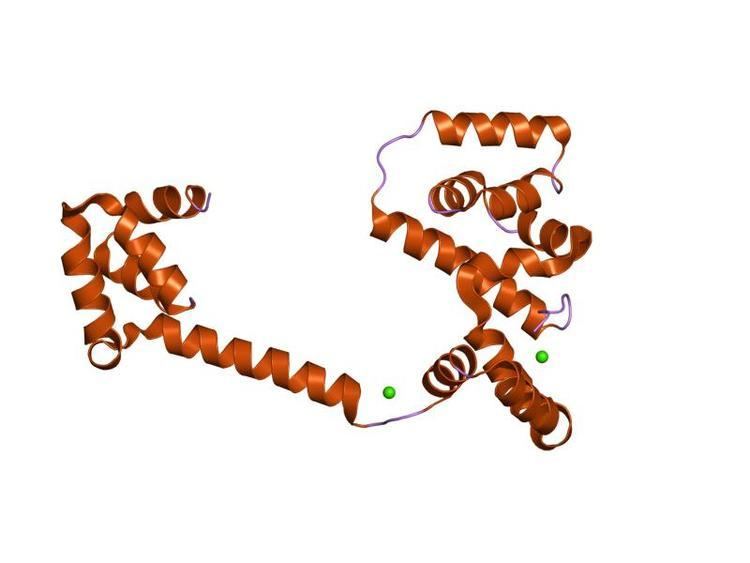Symbol FliG_C Pfam clan CL0436 SCOP 1qc7 | Pfam PF01706 InterPro IPR000090 SUPERFAMILY 1qc7 | |
 | ||
In molecular biology, the flagellar motor switch is a protein complex. In Escherichia coli and Salmonella typhimurium it regulates the direction of flagellar rotation and hence controls swimming behaviour. The switch is a complex apparatus that responds to signals transduced by the chemotaxis sensory signalling system during chemotactic behaviour. CheY, the chemotaxis response regulator, is believed to act directly on the switch to induce tumbles in the swimming pattern, but no physical interactions of CheY and switch proteins have yet been demonstrated.
The switch complex comprises at least three proteins - FliG, FliM and FliN. It has been shown that FliG interacts with FliM, FliM interacts with itself, and FliM interacts with FliN. Several amino acids within the middle third of FliG appear to be strongly involved in the FliG-FliM interaction, with residues near the N- or C-termini being less important. Such clustering suggests that FliG-FliM interaction plays a central role in switching.
Analysis of the FliG, FliM and FliN sequences shows that none are especially hydrophobic or appear to be integral membrane proteins. This result is consistent with other evidence suggesting that the proteins may be peripheral to the membrane, possibly mounted on the basal body M ring. FliG is present in about 25 copies per flagellum. The structure of the C-terminal domain of FliG is known, this domain functions specifically in motor rotation.
